The loss of animal species is a sobering reality that serves as a reminder of the urgent need for conservation efforts. In this blog article, we’ll explore 11 recently extinct animals that have tragically vanished from our planet. These remarkable creatures, from majestic mammals to unique birds and fascinating reptiles, highlight the consequences of habitat loss, human activities, and climate change. As we mourn their loss, we must learn from these examples and work towards a future where no more species face extinction.
1. Japanese River Otter
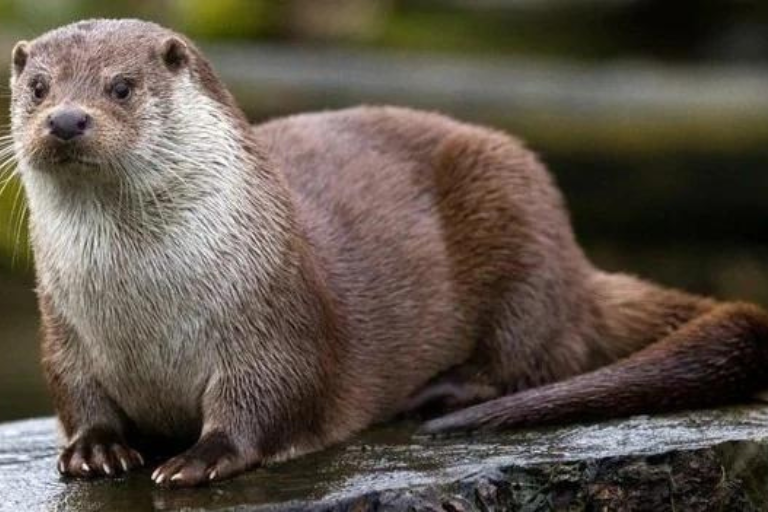
Dating back in the 1880s, the population of these mammal’s almost disappeared in the 1930’s. Since then, it has only been seen a few times. Hunted relentlessly for it’s fur, the Japanese River Otter could not withstand the pressure and was declared extinct in 2012 by the Ministry of Environment.
2. Western Black Rhinoceros
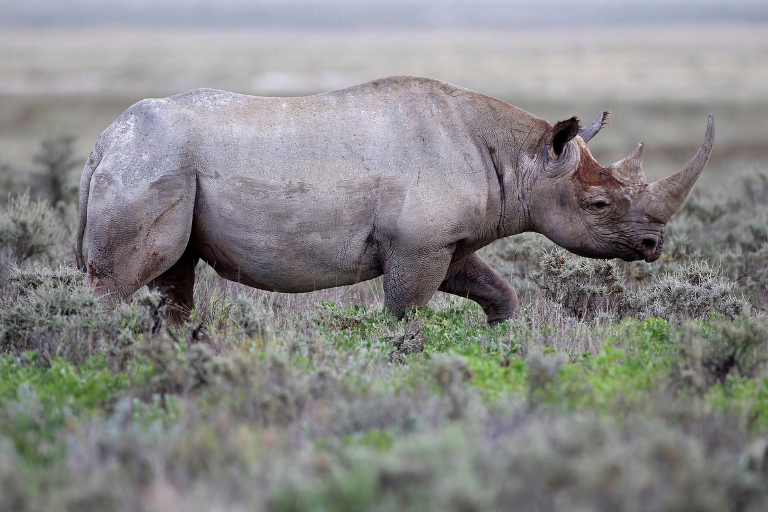
Native to Africa, the Western Black Rhinoceros was declared extinct in 2011 due to poaching for their horns. Their disappearance highlights the devastating effects of illegal wildlife trade and the urgent need for conservation measures to protect other rhinoceros species.
3. Pyrenean Ibex
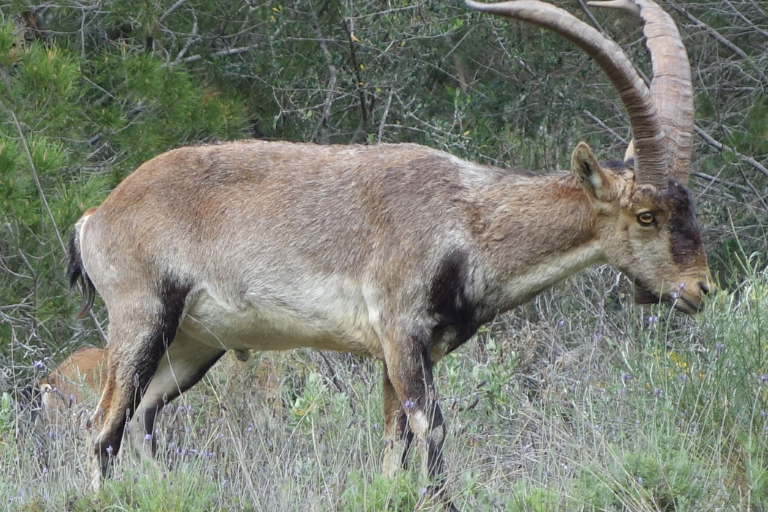
The Pyrenean Ibex, a subspecies of the Spanish Ibex, became extinct in 2000. Habitat loss and disease contributed to its decline. However, scientists attempted to bring it back through cloning, marking the first-ever attempt to resurrect an extinct animal. Although unsuccessful, it showcases the innovative approaches being explored in conservation.
4. Caribbean Monk Seal
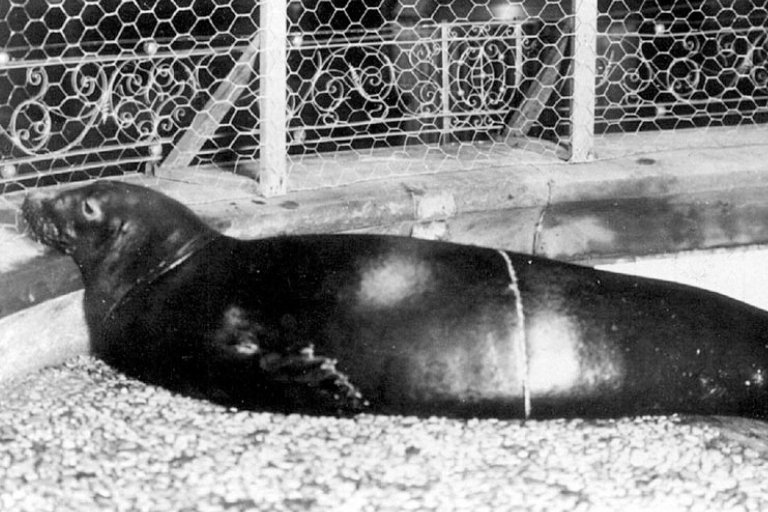
The Caribbean Monk Seal was last officially sighted in the 1950s and was declared extinct in 2008. Overhunting for their blubber, coupled with habitat degradation, caused their demise. Their extinction is a reminder of the vulnerability of marine species to human activities.
5. Pinta Island Tortoise
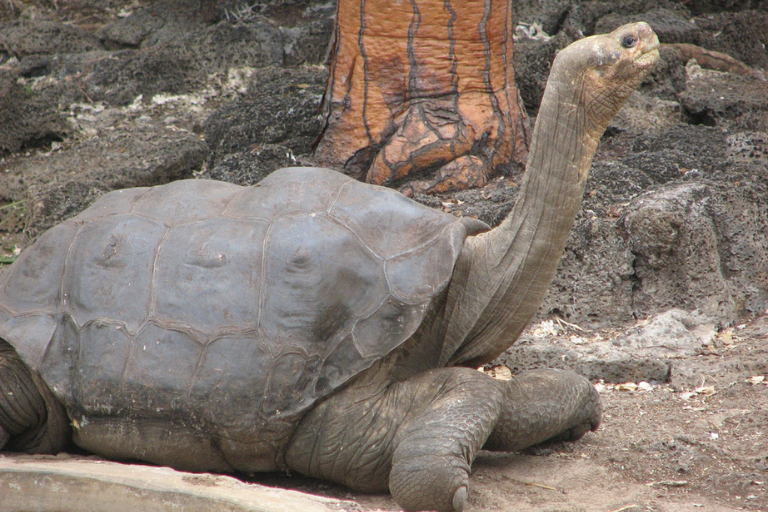
Lonesome George, the last known Pinta Island Tortoise, died in 2012, marking the end of his species. Native to the Galápagos Islands, the Pinta Island Tortoise’s extinction underscores the importance of protecting and preserving unique island ecosystems.
6. Spix’s Macaw
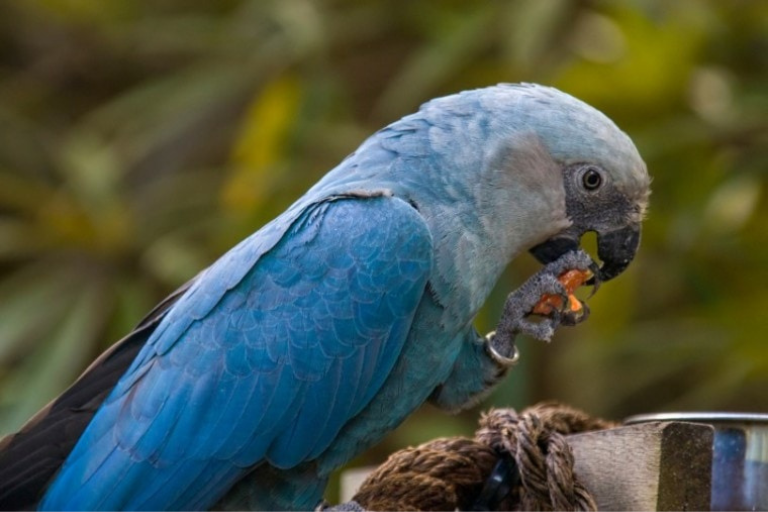
Made famous by the movie “Rio,” the beautiful Spix’s Macaw became extinct in the wild in 2000 due to habitat loss and capture for the illegal pet trade. Conservation efforts are now focused on breeding programs to reintroduce the species into the wild.
7. South China Tiger
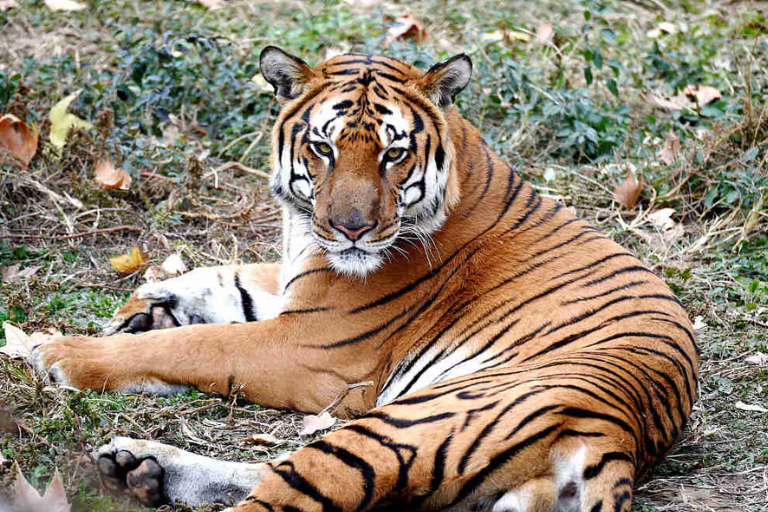
The South China Tiger, considered a cultural icon in China, is now functionally extinct in the wild. Decades of habitat loss and poaching decimated their population, leaving only a few individuals in captivity. Efforts are underway to reintroduce them into protected reserves.
8. Bramble Cay Melomys
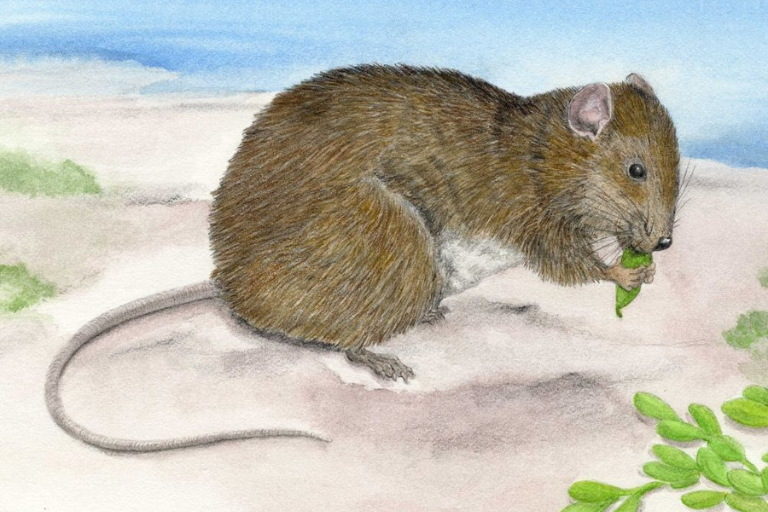
The Bramble Cay Melomys, a small rodent species found on an Australian island, was declared extinct in 2019. Rising sea levels and increased storm surges destroyed their habitat, leaving no survivors.
9. Golden Toad
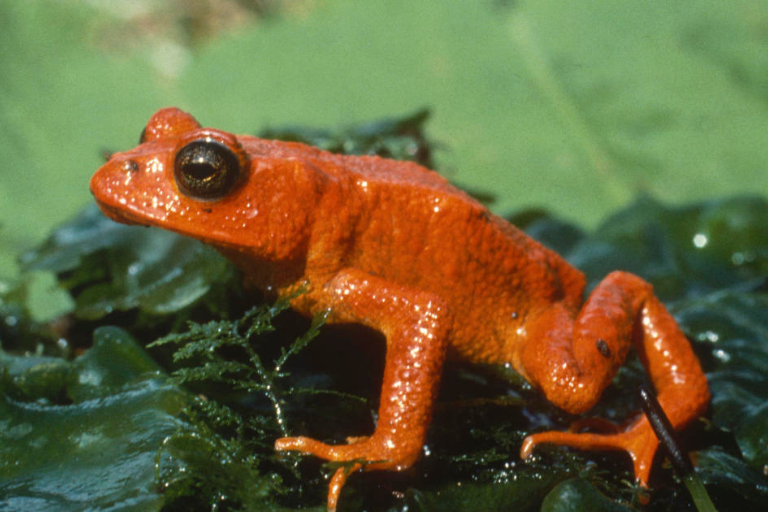
The vibrant Golden Toad, native to Costa Rica, became extinct in the late 1980s due to climate change-induced habitat disruption and a fungal disease. Its loss is a poignant reminder of the impacts of climate change on biodiversity.
10. Hawaiian Crow
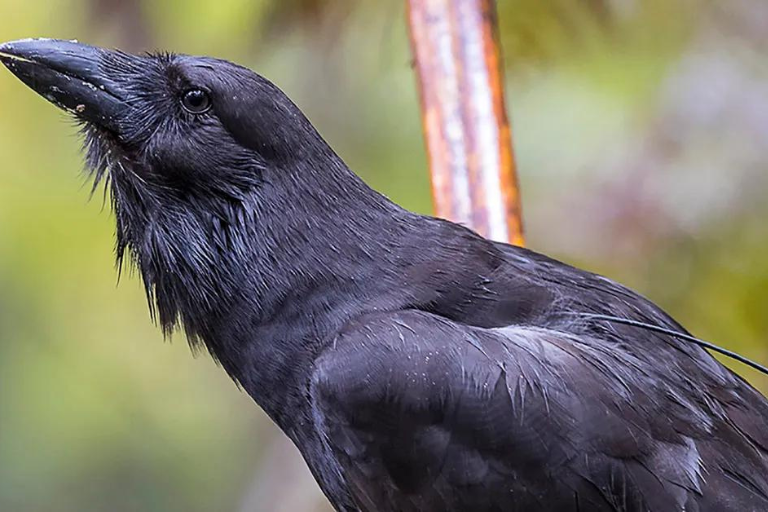
Once found across the Hawaiian Islands, the Hawaiian Crow, or Alalā, is now extinct in the wild. Habitat loss, predation, and disease devastated their population. Captive breeding programs are now critical for their survival.
11. Yangtze River Dolphin
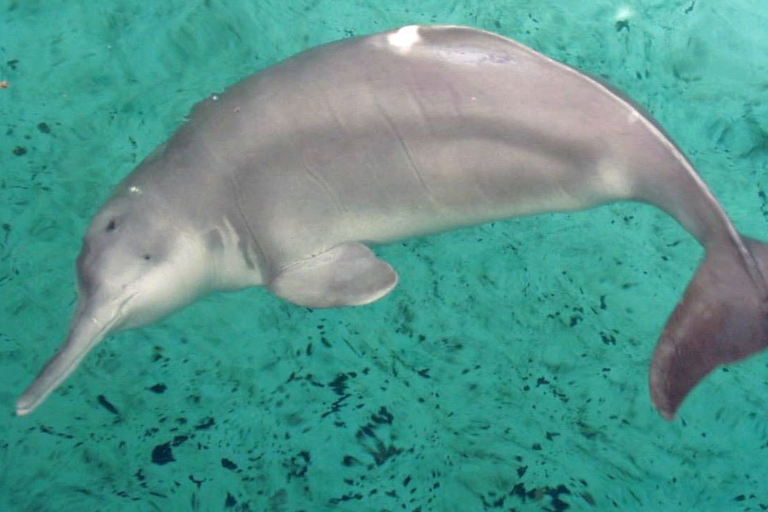
The Yangtze River Dolphin, or Chinese River Dolphin, was declared functionally extinct in 2006. Rapid industrialization, pollution, and habitat degradation led to their decline. Their loss highlights the need for comprehensive river conservation and protection.



GIPHY App Key not set. Please check settings